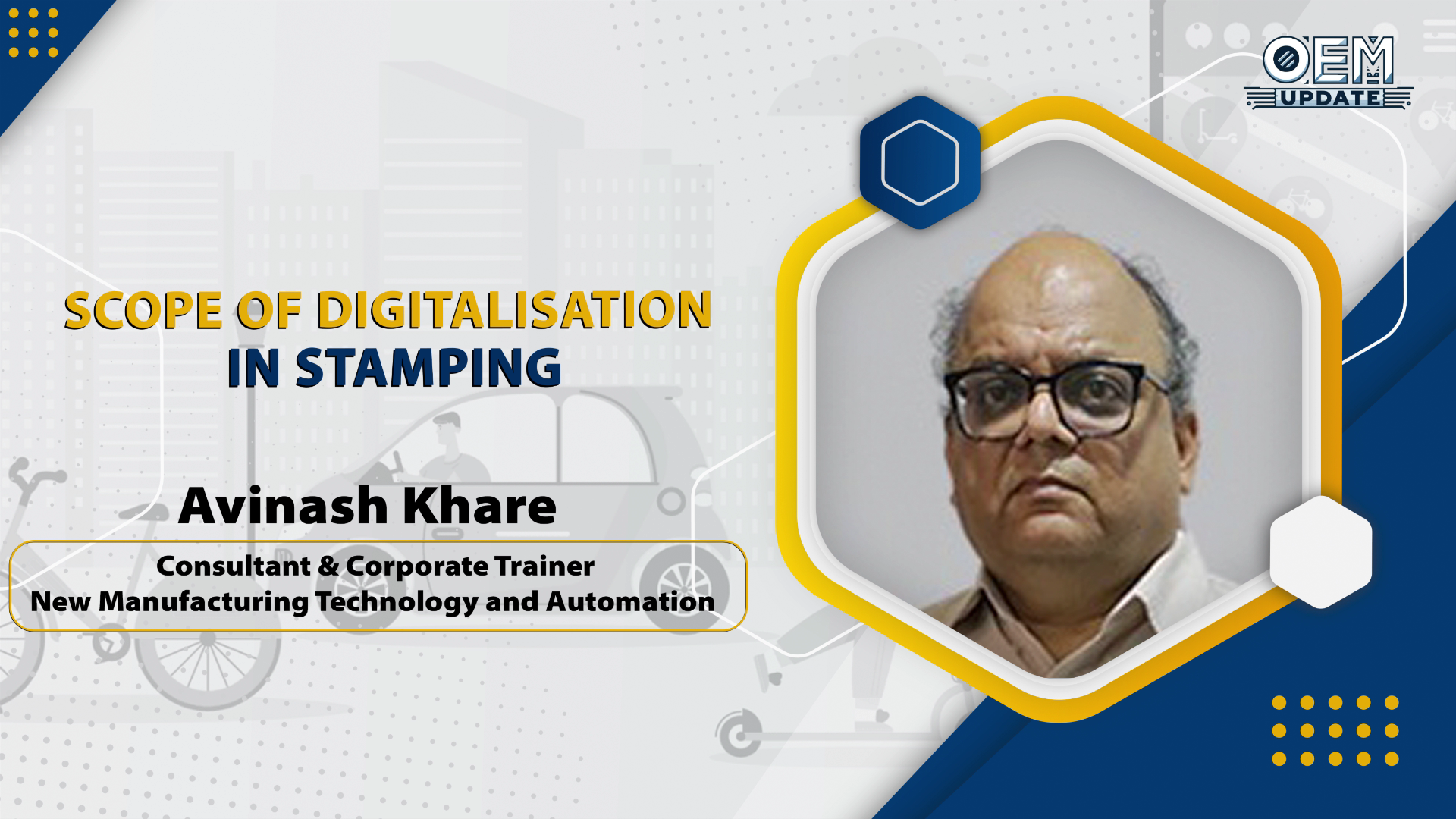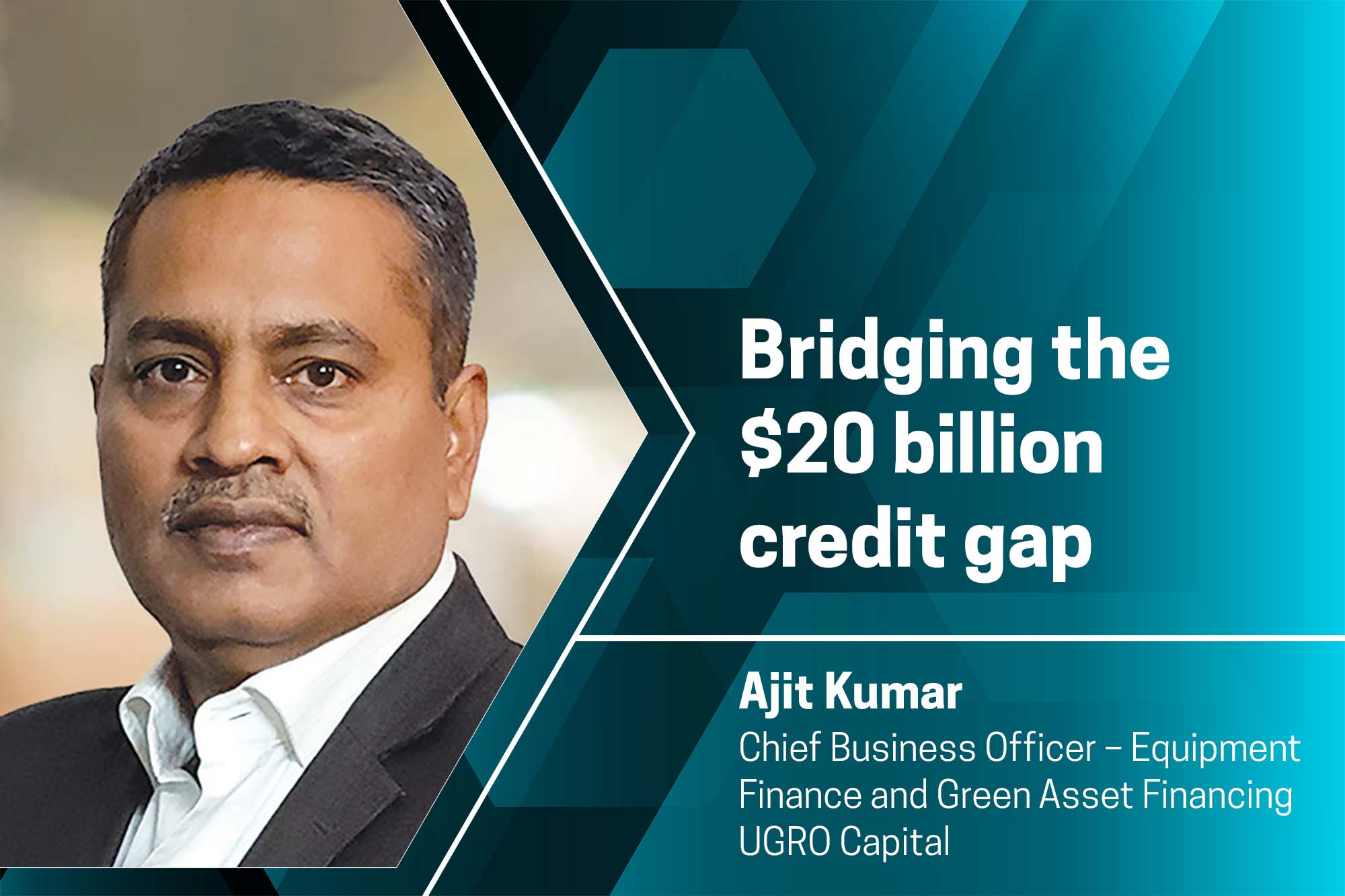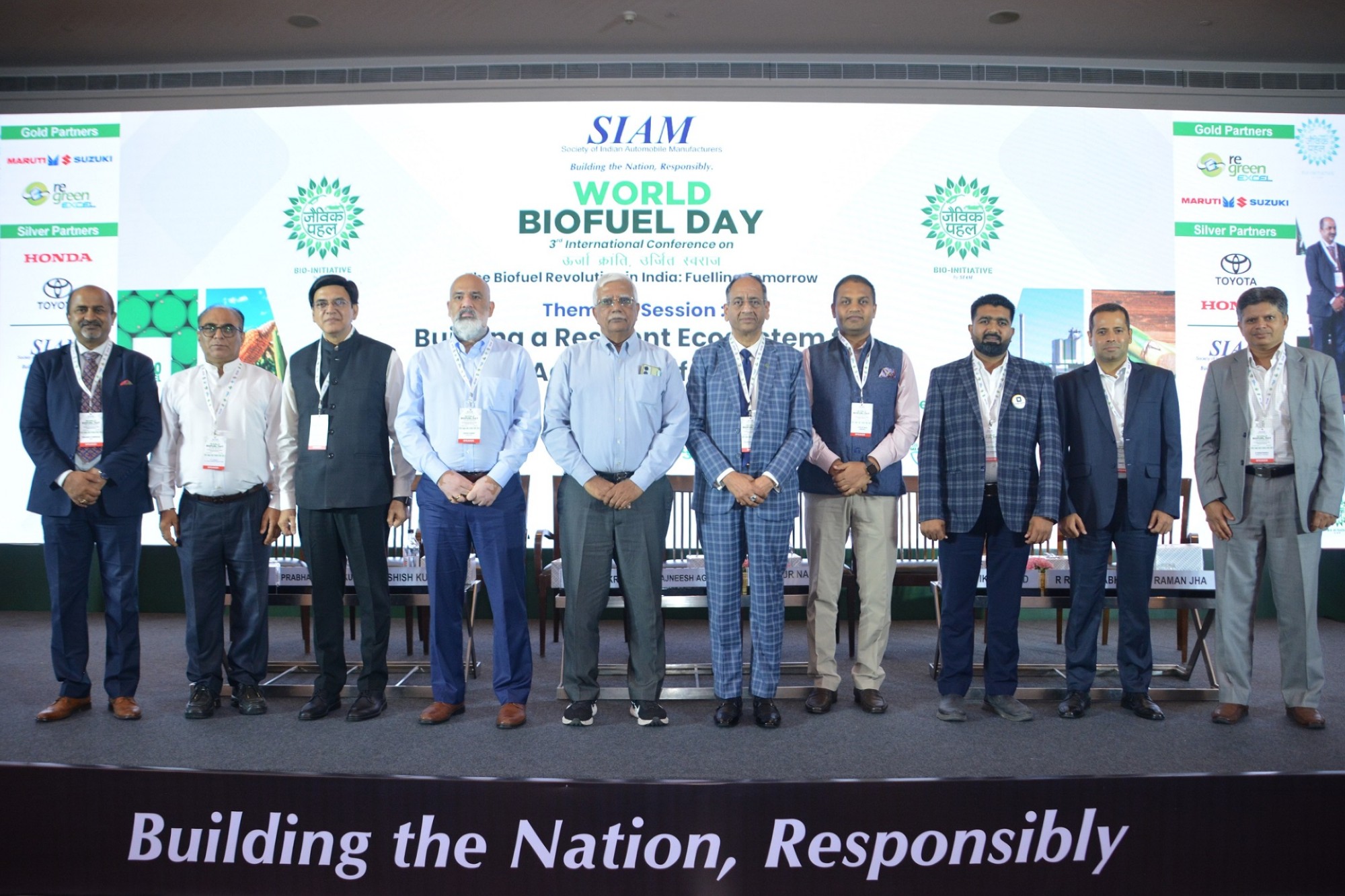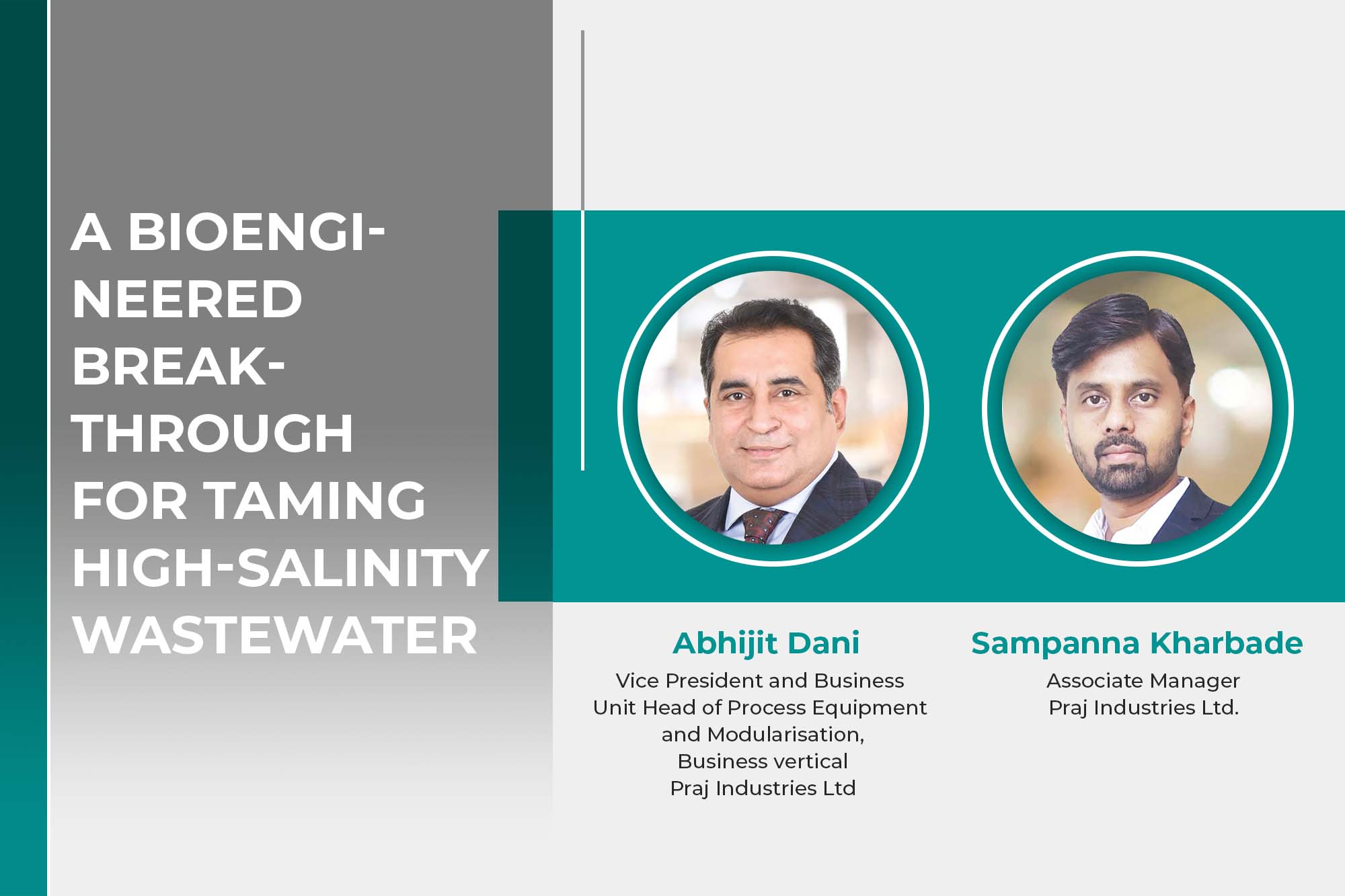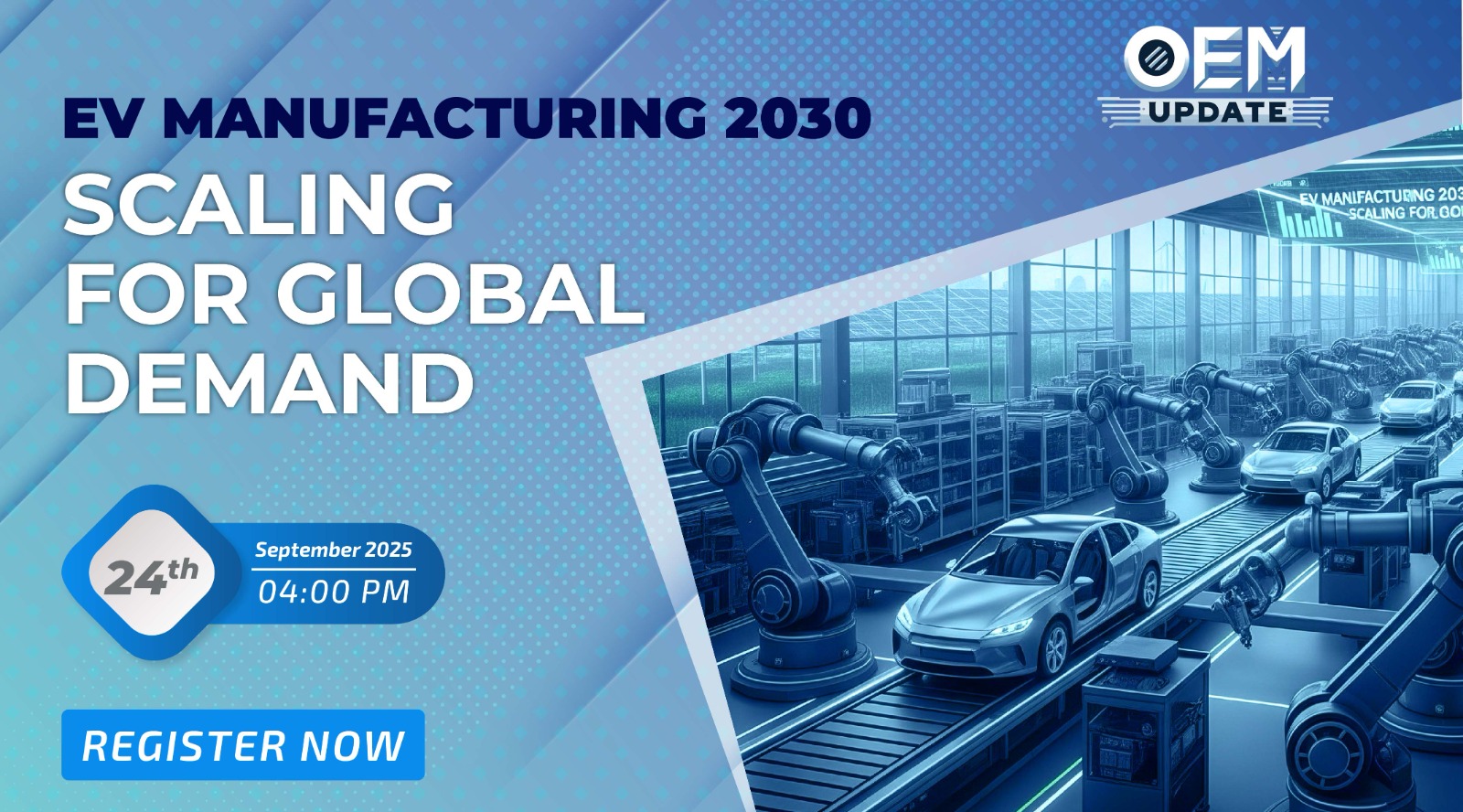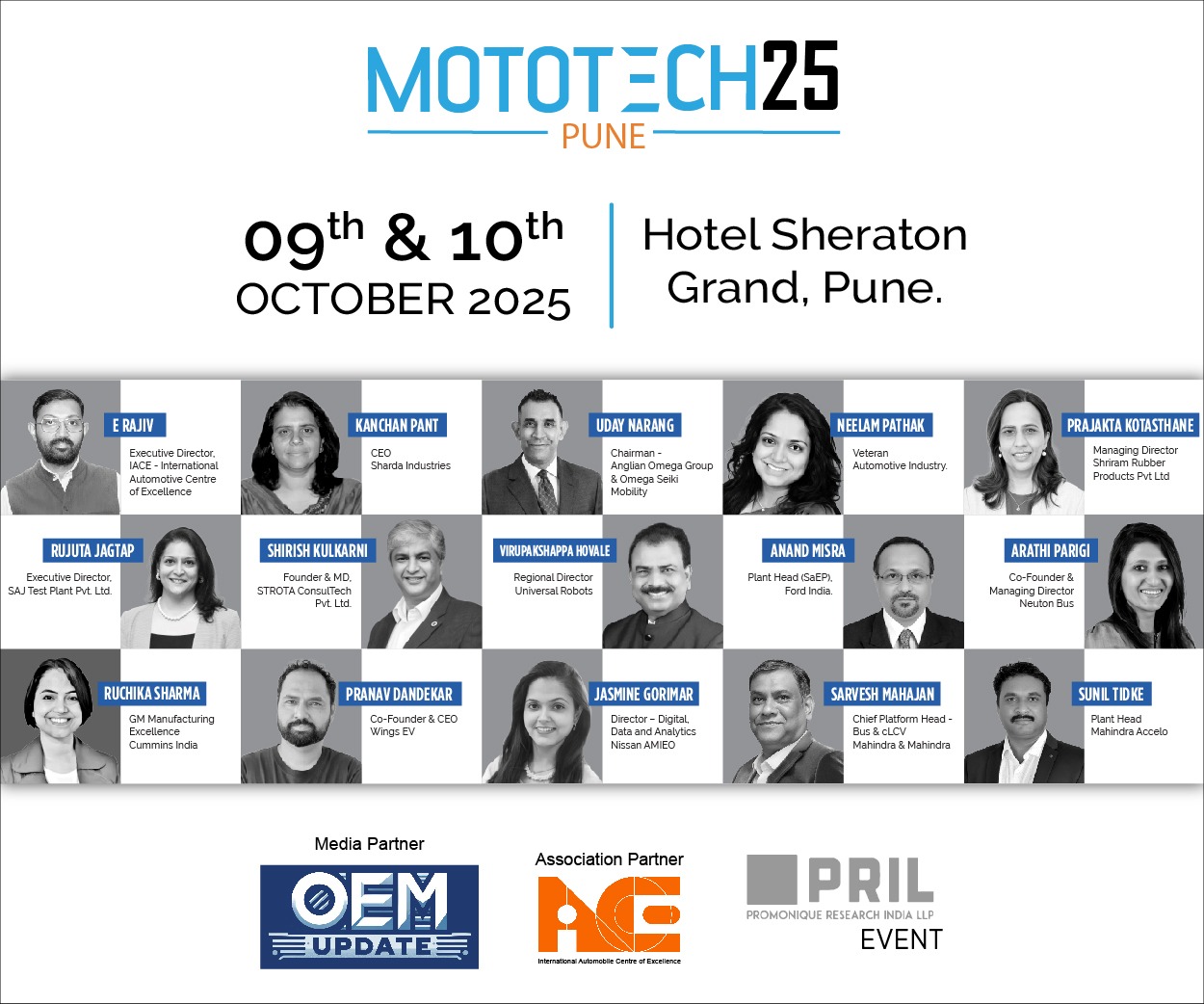“The 500 billion dollar opportunity!” [June 2012]
By admin June 19, 2012 10:32 am IST
The Indian government’s commitment to raise its investment in infrastructure from 7 per cent to 9 per cent represents a US$ 500 billion opportunity for growth within India’s manufacturing sector- Rajesh Nath, Managing Director, VDMA India
The manufacturing sector in India needs to grow about 3 per cent faster than GDP so that its contribution to GDP can increase from 16 per cent to 25 per cent; and increase technological depth and value addition in India’s manufacturing to enable India to improve its trade balance which has been deteriorating with increases in imports (including large volumes of manufactured goods) exceeding exports. It is estimated that every job created in manufacturing has a multiplier effect of creating four additional jobs in related activities. Thus, job creation in the sector can be a major instrument for reaping the demographic dividend. While some sectors like metals are capital intensive on account of the nature of production processes required and hence, inherently not labour intensive, other sectors like textiles and paper are employment intensive. At the same time, it is expected that labour productivity for all sectors should gradually improve over time. Emphasis should be given to creation of appropriate skill-sets among the rural migrant and urban poor to make growth inclusive. There should be an increase of depth in manufacturing, with focus on the level of domestic value addition, to address the national strategic requirements.
Indian cabinet approved a national manufacturing policy that aims to create 100 million jobs in the next 10 years. The policy aims to create industrial enclaves that will offer lower taxes, faster permits and easier labour laws to boost the share of manufacturing in Asia’s fastest-growing major economy after China. India will set up seven such zones initially.
Sound industrial policy is the process of accelerating learning within a country’s industrial eco-system that enables enterprises within it to improve their competitiveness faster than enterprises in other countries. Therefore, the role of government is to stimulate a vibrant eco-system of private and public producers, with the institutions that provide public goods such as education and business regulations. Since an eco-system consists of several interacting policies and institutions, the participants in it must come together to understand what are the constraints in it and devise a way out of them. The implication of these insights are that the countries in which the components of the eco-system work together more effectively, thereby learning and changing faster, will overtake others.
Government should plan to introduce sector specific policies for non-mineral sectors like IT/ITes, auto components, paper industries as well as steel and aluminium downstream and ancillary industries as these sectors have great potential. For a nation to accelerate growth in manufacturing, it is important for the government to have a strategy that induces such growth.
The manufacturing sector in India faces acute challenges. From problems with power, ports, railroad and roads to a shortage of human capital, manufacturing in India has long lagged behind targeted goals. But the Indian government’s commitment to raise its investment in infrastructure from 7 per cent to 9 per cent represents a US$ 500 billion opportunity for growth within India’s manufacturing sector. India offers potential investors in the manufacturing sector a number of competitive advantages.
India’s own domestic market is large, with over 600 million rural consumers. Workers’ wages in India are less than half of those in Europe and USA. India has a large talent pool from which to draw, including a strong engineering ecosystem. Innovation in the modes and models of manufacturing can be a solution to the surplus of India’s labour pool, which is largely unskilled but highly entrepreneurial. At the same time, core manufacturing capabilities are important for creating a first-world economy.
Cookie Consent
We use cookies to personalize your experience. By continuing to visit this website you agree to our Terms & Conditions, Privacy Policy and Cookie Policy.





